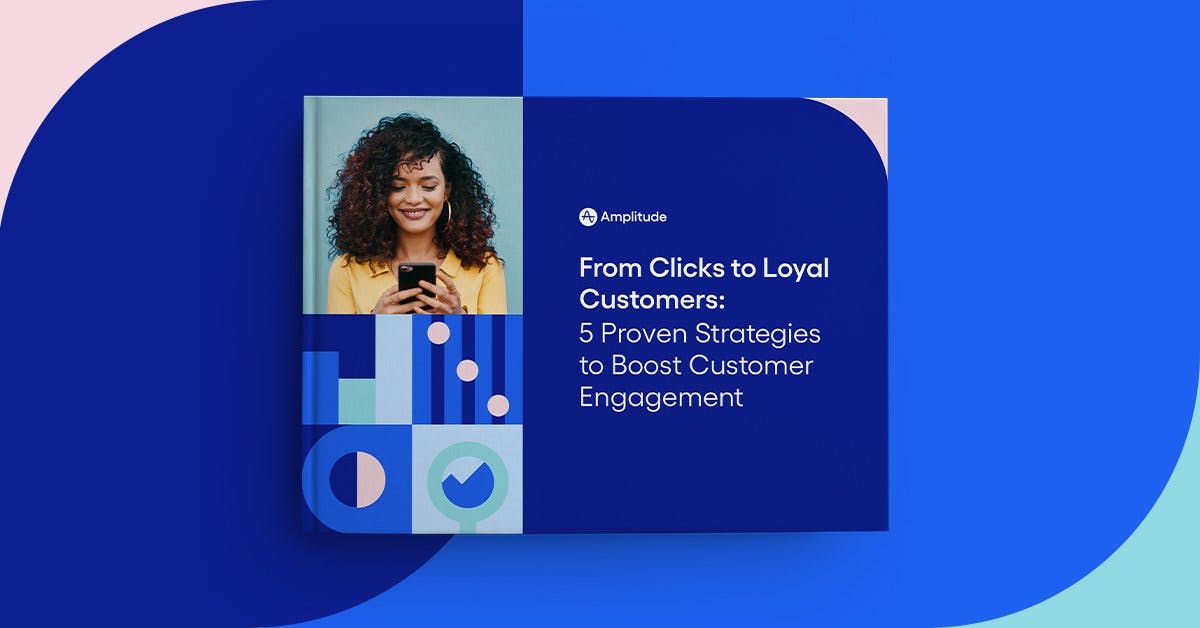From Clicks to Loyal Customers:
5 Proven Strategies to Boost Customer Engagement
Cultivate customer relationships that last with five best practices for boosting engagement—and retention and revenue. Learn how major brands used these strategies to drive growth.
